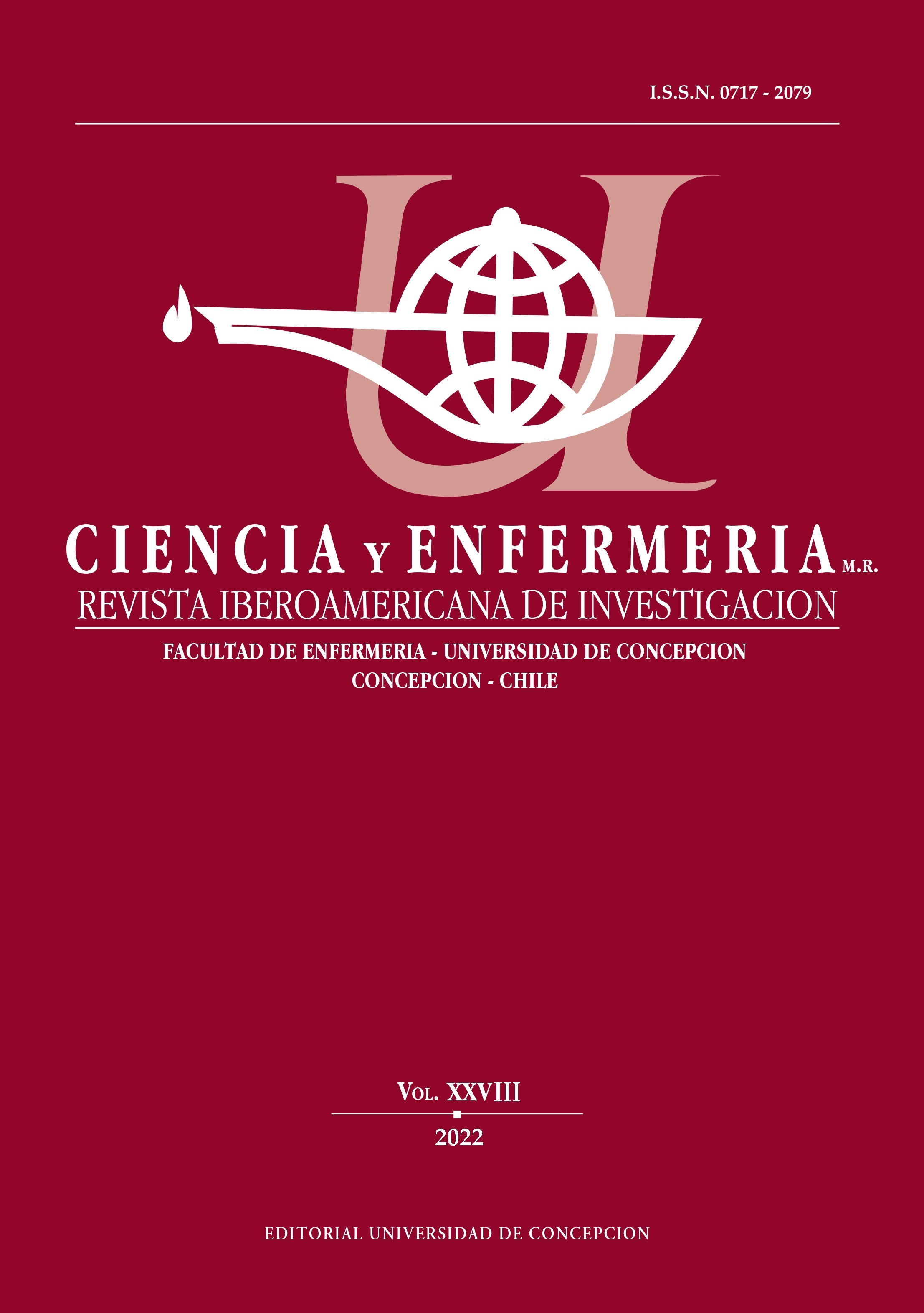DEPRESSION AND ANXIETY SYMPTOMS AMONG COLOMBIAN UNIVERSITY STUDENTS DURING THE COVID-19 PANDEMIC
DOI:
https://doi.org/10.29393/CE28-19SDJR30019Keywords:
Depression, Anxiety, Universities, COVID-19Abstract
Symptomatology of depression and anxiety, although varying in prevalence and intensity, has been reported in almost all studies on psychological affectations among university students during the COVID-19 pandemic. Objective: To evaluate the levels of depression and anxiety in a sample consisting of university students, to identify the main affective, physiological, cognitive and somatic symptoms, and to analyze the results in terms of some sociodemographic variables of interest. Material and Method: A non-experimental, quantitative, descriptive, cross-sectional research was carried out with 1004 university students (77% female) enrolled in three higher education institutions (two private and one public) in Medellin, Colombia. The Zung Depression Self-Assessment Scale and the Zung Self-Rated Anxiety Scale were used for data collection. Results: 47.7% of the sample presented depressive symptomatology, but only 26.1% manifested anxiety symptomatology. There were differences in anxiety and depression in terms of sex and other sociodemographic variables. The analysis of frequencies of responses to the instruments’ items show which are the most frequent symptoms of depression and anxiety among the participants. Conclusions: The social and educational changes caused by the pandemic have had a greater impact on young women aged between 16 and 25 years, who have presented difficulty in performing activities they previously did, difficulty in thinking or concentrating, anhedonia, loss of sexual desire, feeling of uselessness, dissatisfaction with their own lives, and irritability, among other symptoms.
Downloads
Published
How to Cite
Issue
Section

This work is licensed under a Creative Commons Attribution 4.0 International License.













